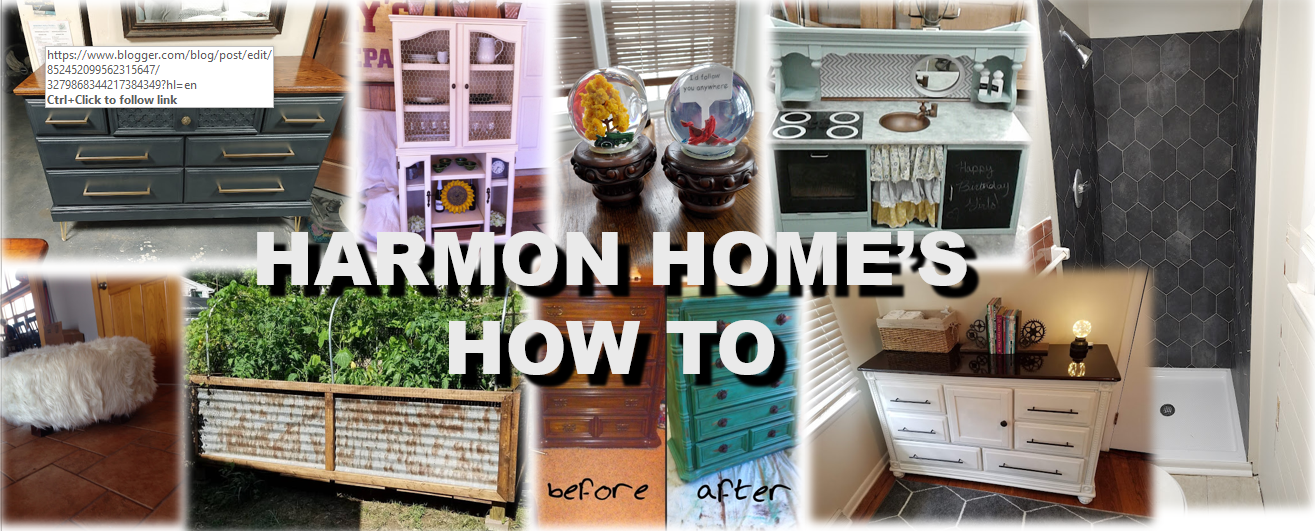Here are the ingredients I used:
(all detergent items were purchased in store at Walmart)
- (3) Purex Stain Fighter + Bright Booster 1 lb ($1.97/each)
- (1) 20 Mule Team Borax 65 oz ($4.47/each)
- (1) Arm & Hammer Super Washing Soda 3 lb ($4.12/each)
- (1) Baking Soda 4 lb ($2.24/each)
- (2) Zote Bars ($1.12/each) - I bought 4 of these and only ended up using 2. I also bought the pink version. Honestly, not sure on the difference between the pink and white Zote soap (the price was the same and the labels didn't say anything different either).
- (2) Suavitel in wash laundry scent booster fragrance pearls ($3.97/each) - I bought the blue fragrance which was field flowers
I also made 2 investment purchases, the 2.5 gallon container and the 2 tablespoon scoop. You can find these items on Amazon here:
I used a small bucket and lined it with 2 trash bags. I doubled up on trash bags just if in case one got a hole, I didn't want detergent spilling out all over the floor. Toss all of your ingredients into the bucket aside from the Zote soap. The Zote soap you will grate into the rest of the mixture, as seen below. Then, you will hold the open end of the trash bag closed and roll the mixture around on the floor. Do this until all the ingredients are pretty well mixed together.
After all was said and done, this recipe made approximately 3 gallons of detergent. Total cost? $63.44, this is all inclusive (except tax)...the container, scoop and the laundry supplies (even the extra ingredients I didn't use). Next time, if I were to do this, buying the correct amount of ingredients and no container and scoop I would be spending $26.92 not including tax.
Okay, so let's take a look at the math. This made approximately 3 gallons of detergent. I'll be using 2 tablespoons per load. There are 256 tablespoons in 1 gallon. Take 256 and divide by 2 (because I am using 2 tablespoons/load) and that equals 128 loads for 1 gallon of detergent. Since I made 3 gallons, I will need to take my 128 loads and multiply by 3 which equals 384 loads of laundry.
Let's say I do 10 loads of laundry per week, meaning 40 loads in 1 month (384 loads divided by 40 loads of laundry per month). If my math is correct, that would mean this detergent should last around 9.5 months!
Total cost per load? If we skip all the initial start up fees and just go with the dollar figure I'll be spending from here on out I would be spending around $0.07/load.
I typically buy Purex (liquid 150 oz for $8.36/each), it says it does 100 loads for each container. I always use enough to go up to the fill line in my washing machine, so I'm not sure this figure is completely accurate. If we do a little cross multiplying and dividing here to see how much it would cost using this detergent for the same amount of loads listed above, our answer would be $32.1(384 loads multiplied by $8.36 divided by 100 loads). Meaning we are saving about $5.18.
Saving money is saving money but I'm not completely sure it's worth it. I'll be able to say for sure once I've been using it for a couple of months. I want to see how if affects my laundry machine, if at all. I want to see how many loads of laundry on average I do in a week. How it does with sensitive skin and how it affects our clothes.
I'll be updating again hopefully in July. Please check back or let me know if you've ever made your own laundry soap and what your experience was. Thanks and have a great day!
























